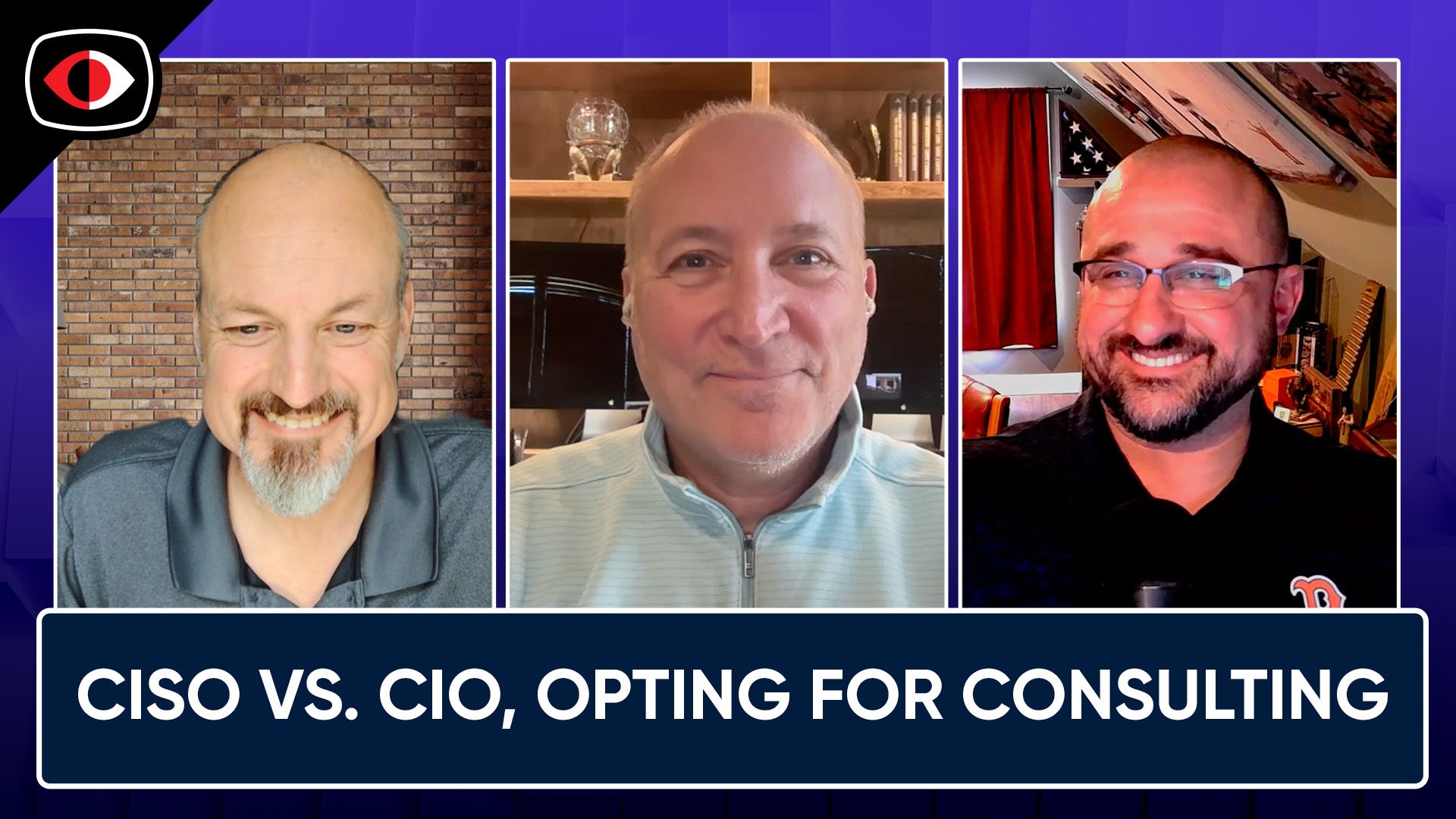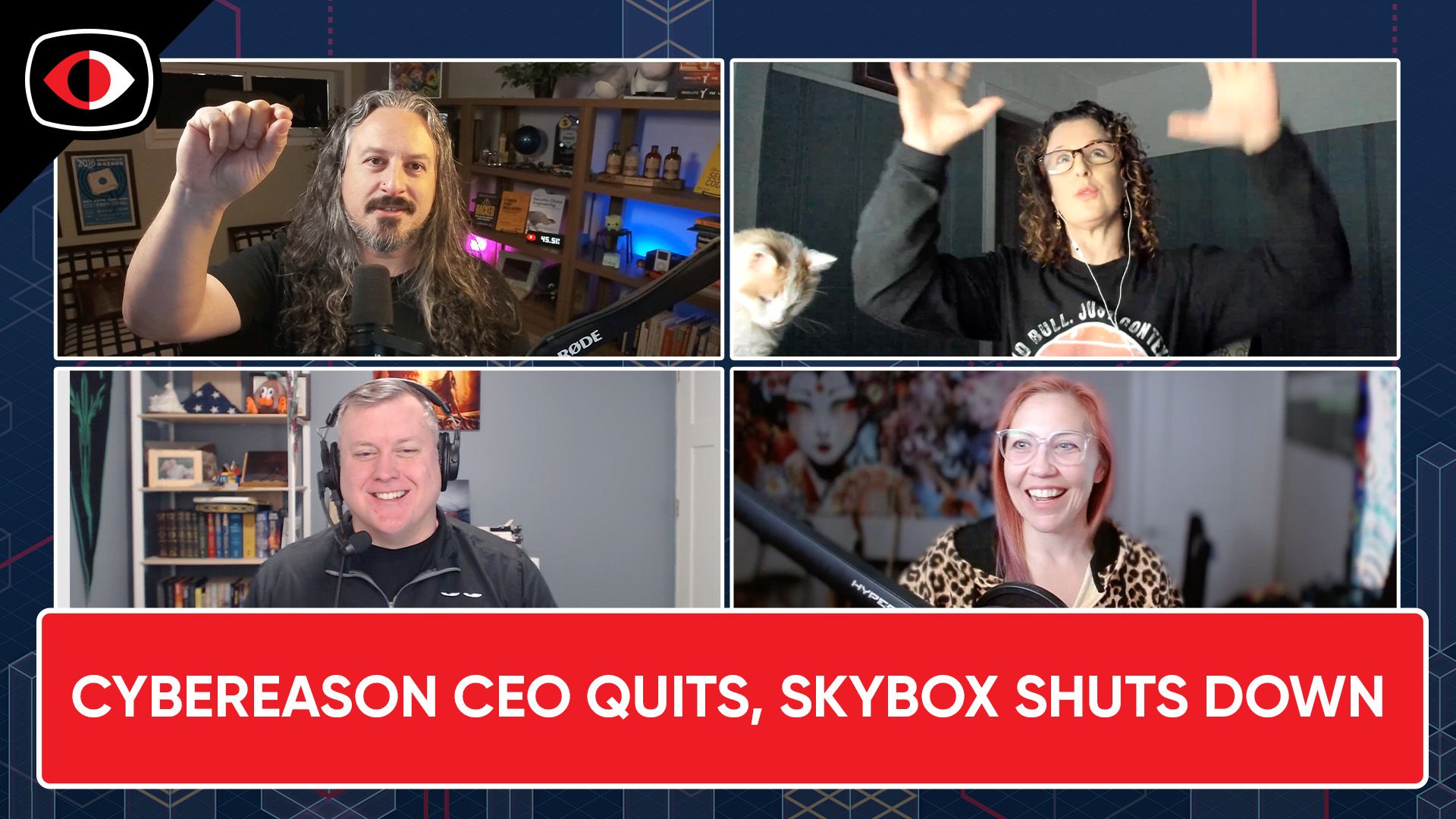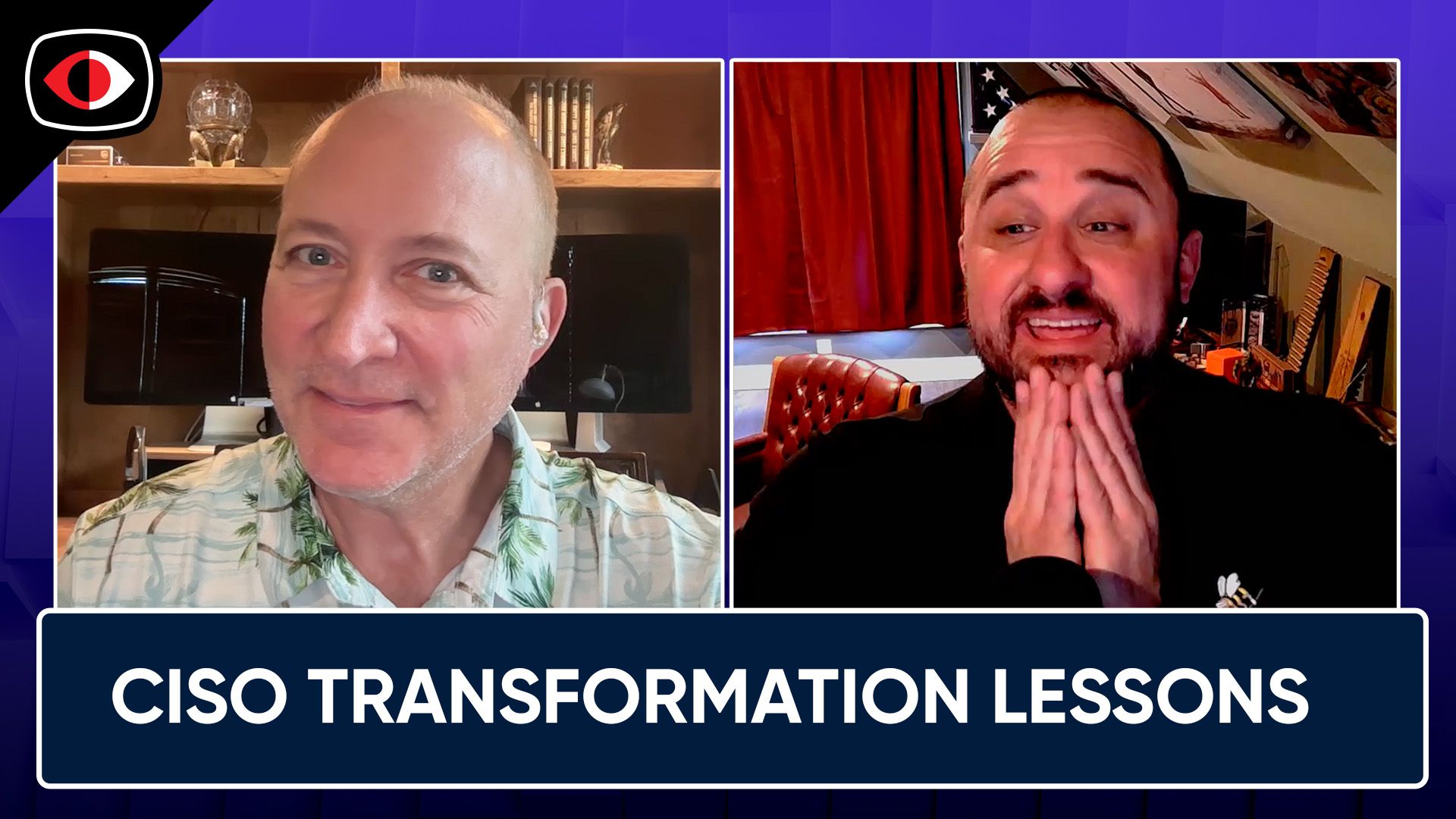Aligning Tech Execs on Cyber Resilience – Theresa Lanowitz – BSW #369
Full Audio
View Show IndexSegments
1. Aligning Tech Execs on Cyber Resilience – Theresa Lanowitz – BSW #369
Getting C-Suite execs aligned on cyber resilience and cybersecurity can be a challenge. LevelBlue's recent Futures™️ report sought to uncover the barriers that prevent companies from achieving cyber resilience in the enterprise today. The report not only surveyed C-Suite execs (CIOs, CTOs, and CISOs), but non-C-Suite leaders from engineering and architecture roles as well.
Segment Resources:
- LevelBlue Finds CISOs Challenged Most by Cybersecurity Tradeoffs, AI Implementation Pressures, and Reactive Budgets Compared to C-Suite Peers - Report Summary and Press Release
- Executive Accelerator: C-Suite Cyber Resilience Responsibilities Report
This segment is sponsored by LevelBlue. Visit https://securityweekly.com/levelblue to learn more about them!
Announcements
Dive into cybersecurity with CyberRisk Alliance for exclusive insights from RSA Conference 2024. Explore executive interviews with industry leaders, uncovering visionary perspectives on threats and strategies. Delve into curated articles on trends and innovations, equipping yourself with essential knowledge for today's cyber landscape. Visit securityweekly.com/RSAC for expert guidance and inspiration in navigating cybersecurity challenges confidently.
Guest
Theresa Lanowitz is the Chief Cybersecurity Evangelist at LevelBlue, a strategic alliance between AT&T and WillJam Ventures, that simplifies cybersecurity for the businesses fueling our global economy.
With a distinguished career in the technology industry, she has held influential roles at companies including Gartner, Borland, Taligent, and Sun Microsystems, significantly impacting application security and emerging technologies.
Theresa is a globally respected leader known for her deep and diverse experience in cybersecurity. Theresa frequently speaks at major industry conferences, sharing her insights on high tech trends, AI integration, and the evolving threat landscape.
Theresa holds a Bachelor of Science in Computer Science from the University of Pittsburgh, Pittsburgh, PA.
Hosts
2. CEO Accountability as CISOs Concerned Over Demands and Measured by Profit/Cost – BSW #369
In the leadership and communications section, Joe Sullivan: CEOs must be held accountable for security too, More tech chiefs have success measured by profitability, cost management, Is Your Career Heading in the Right Direction?, and more.
Hosts
- 1. Joe Sullivan: CEOs must be held accountable for security too
The former CSO at Uber was found guilty in 2022 of obstruction of justice relating to a breach. Now he's calling for clearer regulatory frameworks for security.
Adrian note: I don't know why this doesn't come up more often, but there is a precedent for CEOs being held to account for security failures - Drizly. Particularly notable is that the FTC's enforcement action applies to Drizly's James Corey Rellas personally. It applies for the next 20 years, regardless of where Rellas goes, as long as he has some influence over cybersecurity.
"Notably, the order applies personally to Rellas, who presided over Drizly’s lax data security practices as CEO. In the modern economy, corporate executives frequently move from company to company, notwithstanding blemishes on their track record. Recognizing that reality, the Commission’s proposed order will follow Rellas even if he leaves Drizly. Specifically, Rellas will be required to implement an information security program at future companies if he moves to a business collecting consumer information from more than 25,000 individuals, and where he is a majority owner, CEO, or senior officer with information security responsibilities."
- 2. CISOs Concerned Over Growing Demands of Role
There are growing concerns among chief information security officers (CISOs) about the evolving demands of their role, with 84% advocating for a split into separate technical and business-focused positions.
- 3. More tech chiefs have success measured by profitability, cost management
Nearly two-thirds of IT leaders say they are more focused on cost management and profitability than in the past, according to a ServiceNow report conducted in partnership with research partner ThoughtLab.
- 4. Is Your Career Heading in the Right Direction?
In our busy lives, it’s hard to find enough time to pause and reflect. But if we never make the time, we may just end up running fast in the wrong direction — and this is especially true when it comes to our careers. That’s why, once a quarter, it’s useful to run through this three-step exercise, or do a “career detox.” The first step involves turning inward and asking yourself a series of reflective questions focused on whether you’re still happy with your current path. The second step is all about naming your values, and the third is about aligning what you’ve learned to your career. Use this practice to figure out what might need to add or subtract from your work life to feel more satisfied in this moment.
- 5. Transformational Leadership: How to Inspire and Motivate Your Team
Transformational leadership is a style of leading whereby leaders seek to inspire and uplift their followers through creating an environment of mutual trust, involvement, and motivational influence. The basic difference from transactional leadership is the reward-and-punishment approach for driving outcomes; in transformational leadership, the concept is about directing and influencing people to develop and achieve much more than they previously perceived.
- 6. Research: Pay-for-Performance Doesn’t Have to Stress Workers Out
Pay-for-performance (PFP) is considered one of the strongest tools to motivate employees, yet despite its popularity, it can sometimes create stress for workers that results in decreased performance, creativity, and engagement. New research suggests that how employees view their supervisor has a role in determining whether workers view PFP as a motivating challenge, leading them to achieve new heights, or a stressful threat that impacts their work. The authors offer tips for companies and managers on how to best harness the benefits of PFP while addressing some of the ways it can lead to stress.








